
BY Captain Bobbie Scolley, U.S. Navy (ret.) and Rear Admiral Tim Gallaudet, U.S. Navy (ret.)For more than six decades, spanning from 1905 to the late 1970s, the U.S. Navy’s diving apparatus for deep ocean operations and salvage remained fundamentally unchanged. During this period, the demographic of navy divers also saw little alteration.
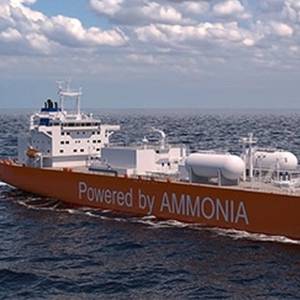
At one of the world's biggest bulk export ports in Western Australia, shippers safely completed the first transfer of ammonia from one vessel to another last month, a key test for its adoption as a marine fuel in the push for cleaner energy.The first cargo ships powered by ammonia are set to enter service in 2026

Interferry, the global association representing the ferry industry, announced the appointment of six new members to its Board of Directors. These new director appointments, approved at the Annual General Meeting (AGM) in Sorrento on October 6, reflect the diversity and global reach of the ferry industry.

Nippon Yusen Kabushiki Kaisha (NYK) has completed a joint demonstration with Singapore-based Global Centre for Maritime Decarbonisation (GCMD) that verified the long-term use and storage of biofuel onboard ships, confirming its technical safety and sustainable usability.The six-month trial, as part of Project LOTUS, involved continuous use of B24 biofuel on a pure car and truck carrier.
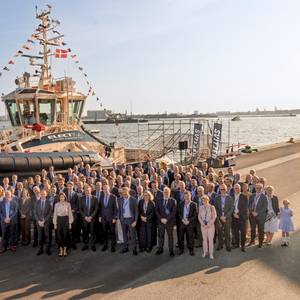
Türkiye’s Sanmar Shipyards has delivered Denmark’s first fully electric tug to long-standing client Svitzer, which has been named SVITZER INGRID by Her Majesty Queen Mary at a ceremony in Copenhagen.The tug is based on the ElectRA 2500SX design from Canadian naval architects Robert Allan, developed exclusively for Sanmar.Measuring 25.4 meters in length with a 12.86-meter beam and 5.
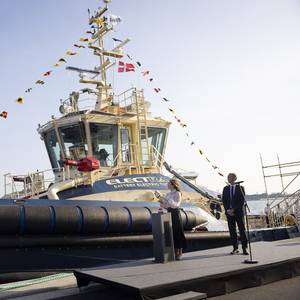
Denmark’s, and Svitzer’s, first electric tugboat was named by Her Majesty Queen Mary at a ceremony in Copenhagen.The new tugboat will carry the name Svitzer Ingrid, as announced by Her Majesty during the naming ceremony, which was attended by more than 100 executives from the Danish maritime industry.
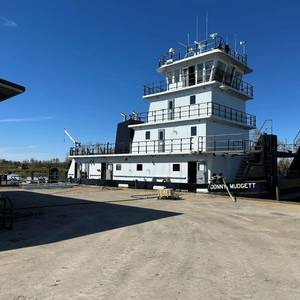
Shipbuilding in the United States has seen a heightened profile with increased attention from Congress and the Trump 2.0 Administration. The ongoing dialogue regarding reinvigorating the U.S. deep sea fleet has brought mainstream attention to vessel construction, which has been nearly absent in recent years.
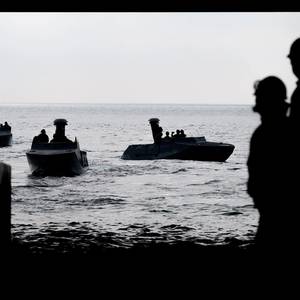
For the U.S. Navy, boats perform missions from mundane maintenance chores such as hull scraping and cleaning overboard discharges to clandestine special forces insertion and extraction. Some boats are about as basic as you can imagine, and some are equipped with sophisticated combat systems and weapons.

Tugboat and towboat owners across the nation eye fuel efficiency and emission reduction technologies and techniques in advance of increasingly stringent regulations.he first half of 2025 has seen a great deal of attention on emissions from vessels, with an eye towards their continued reductions in the coming years.
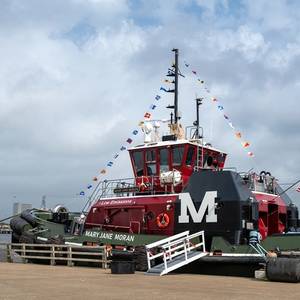
On April 5, 2025, Moran Towing celebrated the christening of the Mary Jane Moran with their crews, customers, port partners, and the family of the namesake in Port Arthur, TX. The event marked the arrival of a powerful new tug and honored a family who have been a part of our story for decades.
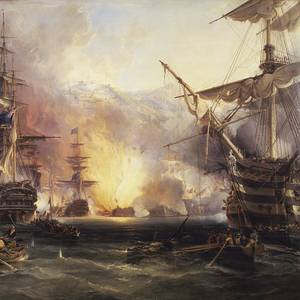
In March 2025 the major exhibition Pirates will open at the National Maritime Museum (NMM), tracing the changing depictions of pirates throughout the ages and revealing the brutal history often obscured by fiction. While sometimes portrayed as tricksters or scoundrels, pirates are primarily swashbuckling adventurers associated with lush islands, flamboyant dress and buried treasure.
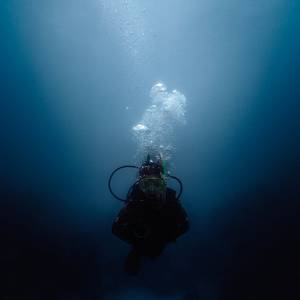
On March 14, 1975, 22-year-old Californian woman Donna Tobias graduated from the US Navy Second Class Dive School to become the first woman deepsea diver in the Navy.Marking the 50th anniversary of women’s integration into the US Navy Diving community, the Association of Women Navy Divers highlights that over 300 women have now graduated from the Navy’s schools.